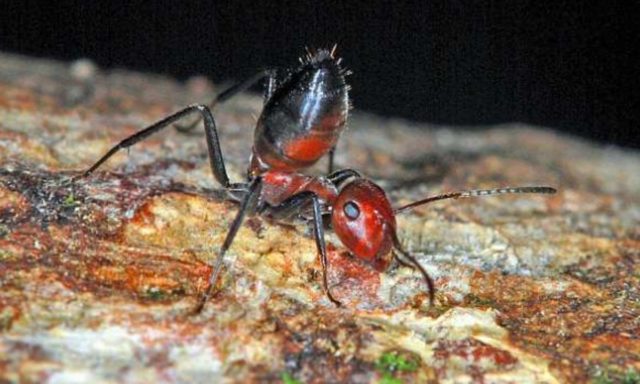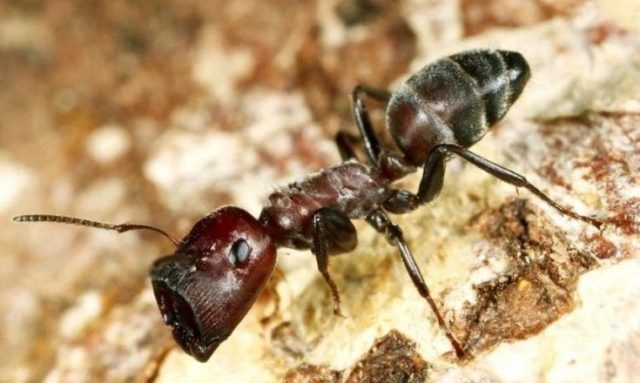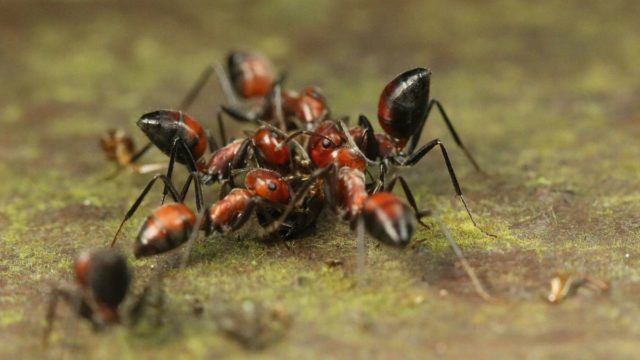Ants generally are among the tiniest living creatures, but they are also one of the smartest. They may seem mostly defenseless, but they do not mind going the extra length to defend themselves and their colonies. This is even more true for the Exploding ants which have newly been discovered. As their name suggests, these ants explode when they feel threatened.
Just as the honey bees that sting when under attack, even though that would mean their doom, the exploding ant also release sticky toxins as they explode to wade off enemies even though that would also mean their doom. Here is a look at some important facts about these rather interesting ants.
Intereting Facts About The Exploding Ants

1. The newly discovered exploding ants are not entorirely new
Named Colobopsis explodens, the exploding ants are not entirely new. They have been around for more than 200 years after they were firest documented as far back as 1916. However, theer was no new specie of the ant that was discovered until 2018 since from 1935.
The ants are added to the species referred to as the Colobopsis cylindrical.
2. The ants do not seem dangerous
Unlike many other ants, the exploding ants do not seem dangerous becaiuse they do not have large mandibles which means that they do not have the abilities to sting. Bevaise of this, they seem to be an easy pick for any predator.
3. They explode as a means of fighting attackers
Since they are unable to sting, these ants have the singular ability of exploding as a means of defending themselves against any form of attack. They raise their rumps in defense and when the attacker continues, they force their abdomen to bust .
4. The ants release toxic secretion when they explode
They idea behind their suicidal behaviour is to save their colony by releasing a toxic and sticky secretion on the attacker. The secretion has a smell that is likened to the curry. The secretion is able to kill much larger predators which means that they sacrifice themselves as a means of saving others in their colony.
5. The explosion is done in a coordinated manner
Because these ants are very small, they explode in a coordinated manner in order to bring down a would be attacker. Hence, this means that it is their joint effort that brings down the attacker.
6. Division of labour is known among these ants
More than just exploding themselves, these ants have an unsual habit of division of labor which gives the task of defending the colony to the smaller ants in the colony. This is mostly surprising because most other ants give the task of defending the colony to the larger ants. The reason why this task is handed to the minors among the exploding ants is because they have the defensive chemicals.
7. The majors among the exploding ants also have a function

While they do not explode, the larger ants in this specie are not entirely useless even though they mostly remain in the nests. With plug-shaped faces, they serve sa living doorstops so that when the minor ants explode and fail to stop the attacker, they would serve to barricade the attacker from accessing the nest.
8. The activities of the Colobopsis explodens are coordinated
Just as it is with other ants, the activities of the exploding ants are well coordinated. The ants start their day as early as 6 am when they leave their nests to go and find food. They continue their activities until around 6 p.m. when they return. The major ants in the colony put their heads in the door of the nest to touch and feel the coming in and going out of other ants in the colony.
See Also: Ligers Facts: 11 Things You Didn’t Know About These Lion-Tigers
9. Male ants of the species are rarely seen
The male ants of this colony are not as easily seen as the female members. They are discovered to have wings hence when they make it out of the nests they fly away. Their behavior is not as clear as those of the female members.
10. The team that was in charge of the discovery
The newly discovered exploding ants came to light following a research by a team led by an entomologist with Natural History Museum Vienna In Australia, Alice Laciny. It was the group that gave the ant the name, Colobopsis Explodens as a result of their explosive behavior.









